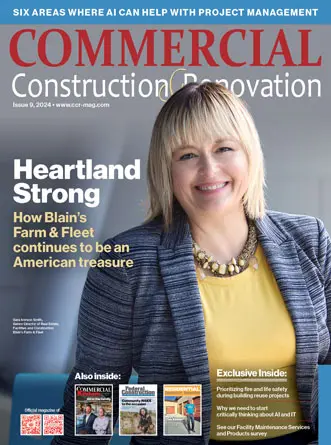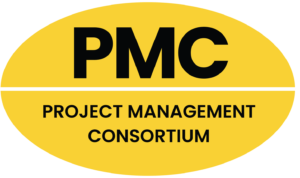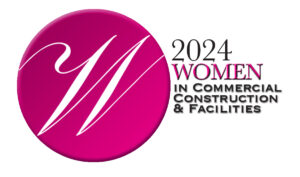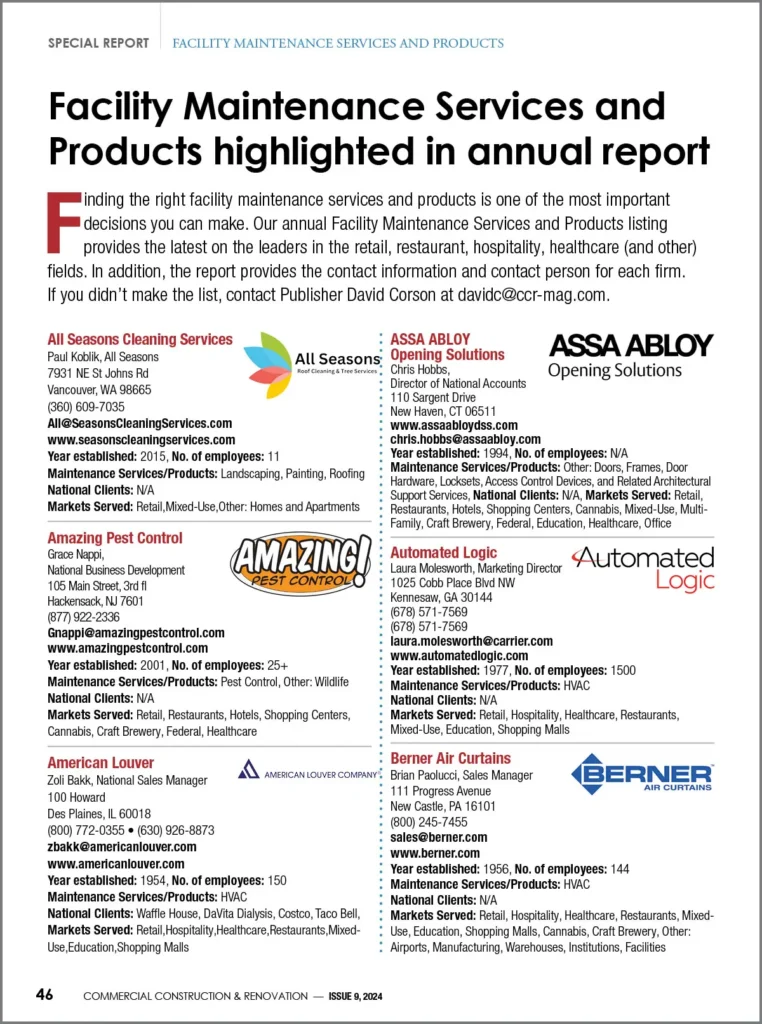The construction industry as a whole is going through a massive transitional stage. When we look back through the history of the industry, we find many significant improvements have taken place to shape the outfit we have today.
As the New Year has started and we look ahead to what 2019 has to offer, there’s no reason why we can’t expect further advancements, that will inevitably outline significant industry changes.
2019 is expected to be a progressive year for the construction industry. During last year, investment in construction technology had grown by 30% which equals to $1.5 billion. The total sector value is on track to exceed $10 trillion by 2020.
With this in mind, the guys over at RJ Lifts take a look at the expected trends for the year ahead and what each means for the construction industry.
Augmented Reality
Augmented Reality, also referred to as AR, is something that’s likely to open several new opportunities for the construction industry, even though it’ll come at a hefty cost.
This technology can certainly be game-changing for construction, but obstacles need to be beaten in order to see it at the forefront.
For example, when a construction business is carrying out work on an important excavation project, a junior operator may be requested to handle heavy equipment. However, lack of experience could play a part and cause trepidation.
To avoid unnecessary mistakes happening, which could result in a project being delayed seeing budgets taking a hit, a senior operator could access the junior’s real-time view of the building site from a remote location, and interact with them offering advice during the process. This is just a small flash into AR’s potential for industry workers.
To date, AR has in some instances been used by construction firms, usually working off paper blueprints or from Building Information Modelling (BIM) layouts on computers, mainly to view infrastructure designs within its expected location.
Having the ability to create detailed, walk-through style experiences has three clear advantages, over sitting in an office and viewing 3D Models, and these are:
Allows for detailed inspection, plus collaboration and cooperation between construction managers and workers on-site.
If certain issues are to take place, relevant actions can be made by those with authority which would likely result in cost-savings.
Construction businesses are able to give clients a more accurate representation of a finished project, arguably the most important advantage.
Building Information Modeling (BIM)
BIM technology is likely to incite activities and not only change how construction projects are managed, but also how they are developed and designed. According to MICI, 88% of construction stakeholders actually believe that BIM technology will enable insights into better design.
The infrastructure for creating BIM starts with a 3D digital model of a selected building. Notably, BIM models are more than just digital versions of a building, but instead contain components that reflect actual sections and parts of a building.
Not only does BIM offer insightful design coordination and improved constructability for a given project, it also allows clients to view a realistic replica of the final building, allowing for peace of mind during each step of the project.
Several building owners, who have already used BIM within their developments, state many benefits for its implementation including:
The ability to stay within time limits way of staying within the project schedule
BIM analysis and simulation offer a realistic design composition, allows for greater alignment throughout the construction period. The visualisation involved offers specific design benefits for all involved.
Construction Software & Data Ecosystem
Real-time collaboration software is expected to be at the forefront of the construction process, from initial consultation to project sign-off.
Construction projects requires huge organisation and they can easily fall off track if various parties aren’t communicating or working together efficiently.
The importance of collaboration in such crucial projects is increasingly being recognized across the industry, established by the extensive research that was conducted by Dodge Data & Analytics in the last few years.
In a recent study, 91% of contractors and owners agreed that an increase in collaboration reduces risks within construction projects.
In many studies regarding Building Information Modeling (BIM), its ability to improve communication and understanding is consistently one of the top benefits stated, making it a crucial tool to enhance better communication.
In another study, regarding the uncertainty in managing construction projects, over 3/4 of contractors, owners and architects agreed that better integration and coordination between designers and builders, particularly during the design phase, significantly decreased any levels of uncertainty.
Self-Healing Concrete
Many industry experts believe we’ll begin to see self-healing concrete being used within the construction of new roads, buildings and homes.
Each year, the UK spends around £40 billion on repairs and maintenance for structures including bridges, tunnels, roads and buildings, most of which are made from concrete.
The self-healing properties that have been developed include the use of microcapsules that contain a variety of natural and manufactured healing agents, which are then added to the concrete mix and then released when the capsules are ruptured by any damages to the concrete surface.
Self-healing concrete is currently still being developed and will hopefully be made commercially available in the next few years.
Modular Construction
Standardised processes, created to alleviate as much work as possible off-site before beginning construction, can cut down costs and lead times drastically.
More and more construction businesses are looking to invest in modular buildings for the ultimate in fast, efficient and cost-effective construction.
The modular building process is revolutionising the way that the construction industry builds, which such benefits including:
Building projects can be completed 30-50% quicker than traditional methods.
Off-site construction makes for better quality management and less disruptions.
Modular building removes 80% of construction activities away from the actual location of the site.
They are built using eco-friendly materials and are market leaders when it comes to the use of recycled materials. Hugely cost-effective, with flexible payment plans available along with shorter construction times. Modular buildings are also innovative in design and you will find are available in many practical bespoke options, making it even more appealing.
Robotics
The use of Robotics is expected to grow with ever more precision and accuracy, and they are soon likely to become a superior force within the construction industry.
It still seems odd to many that the industry invests in so few robots, but many day-to-day construction tasks are particular and notoriously difficult to automate.
There are a couple of different construction robots that are looking to break into the market on a huge scale.
The first being the 3D-printing robot, which will be able to building large buildings on demand. A robotic arm controls the 3D-printing, and with a set of instructions that are pre-programmed, this technology can safely print an entire structure.
This technology is also being used for building bridges, with the first ever 3D printed bridge having recently been built in the Netherlands. The combination of 3D printing and industrial robots has to be some of the most exciting automation technology that the construction industry will ever see.
There are other robots that are used for other tasks, such as bricklaying, masonry and street laying. These types of robots are drastically improving the speed and quality of work in the industry.
Demolition robots are also about to break into the mainstream and whilst they’re actually slower than demolition crews, they’re much safer and cheaper when it comes the demolition of structural components of a building, along with concrete.
Drones
As drone technologies continue to develop in it’s precision and accuracy of its readings, even less human control is becoming more necessary. The use of drones commercially has increased massively on building sites, according to the latest statistics from DroneDeploy.
While many industries are making the most of drones, the fastest growing commercial adopter of such technology is within the construction industry. Drone use on building sites has skyrocketed over the past year, surging by 239%.
Builders are using drones to collect real-time data regarding current projects and to help in understanding what is happening on site. Aerial insights are improving progress tracking whilst helping to catch any potential problems early on — before they become costly ones or add further hours onto a project’s timeline.
However, progress tracking isn’t the only way construction companies are using drones. By having the ability to spend less hours each week mapping a job site, contractors can gain access to a remarkable amount of knowledge regarding nearly every aspect of a given project.
Advanced Uses for GPS
GPS tracking solutions are now being used in much more creative and resourceful ways to facilitate rapid, accurate data collection.
Many construction businesses are embracing such technology as it allows them to gain a valuable edge over the competition. Any advantage is good, considering the number of firms in the construction industry rose to its highest recorded level in 2016.
GPS tracking has proven to be a powerful tool across countless scenarios within the construction industry, including:
The ability to monitor driving habits of employees, which enables companies to identify any potential safety risks.
Monitor fuel consumption in real-time by receiving text messages whenever a vehicle is re-fuelling.
Increases performance levels by assessing levels of productivity in real-time
Records data to resolve any potential disputes with clients.
Cloud & Mobile Technology
Mobile devices now have the ability to leverage cloud technology from any place at any time, a huge appeal for many within the industry who want to stay on top of the competition.
Construction businesses usually have their systems and data in a central location, as they are easy for people to access, but not always for everyone involved in a project.
More contractors are now opting to use cloud-based solutions that everyone throughout the organisation can access from anywhere at anytime.
Such solutions make for more informed decision making, thanks to it’s real-time offering and ability to communicate and collaborate with others in a project quickly and efficiently.
This means less time waiting on data which makes for smarter and better informed decisions being made.
Wearable Technology
The use of wearable technology is also expected to pay a huge role in boosting on-site safety whilst monitoring the efficiency of a given projects progress. According to IoTnews, it has been predicted that 250 million smart wearable devices are going to be worn by the end of 2019.
While the construction industry is slowly adopting such technology, it is now beginning to establish the enormous effects that implementing such technology has on the job site.
Wearable technology is a trend gaining huge traction within the construction industry, as they allow us to collect information and communicate easier than ever before.
There are 3 different types of wearables that are being adopted on a mass scale within the industry, these are:Smart Vests – This innovative wearable technology has GPS capabilities, vital monitoring, emergency buttons and built-in alert systems, all which are hugely beneficial for construction workers.
Smart Helmets – Another new and exciting technology, smart helmets include features such as emergency alerts, fall impact detection and video recording.
Smart Glasses – This wearable gives workers the ability to record videos whilst receiving detailed instructions from more qualified workers or managers off-site in real-time.
For many reasons, wearables are adopted thanks to their many benefits which includes improving the safety of workers, the ability to streamline the data collection process and enhancing communication throughout the organisation of a project.












 The 2024 virtual Men’s Round Table will be held Q4, 2024, date TBD.
The 2024 virtual Men’s Round Table will be held Q4, 2024, date TBD.













